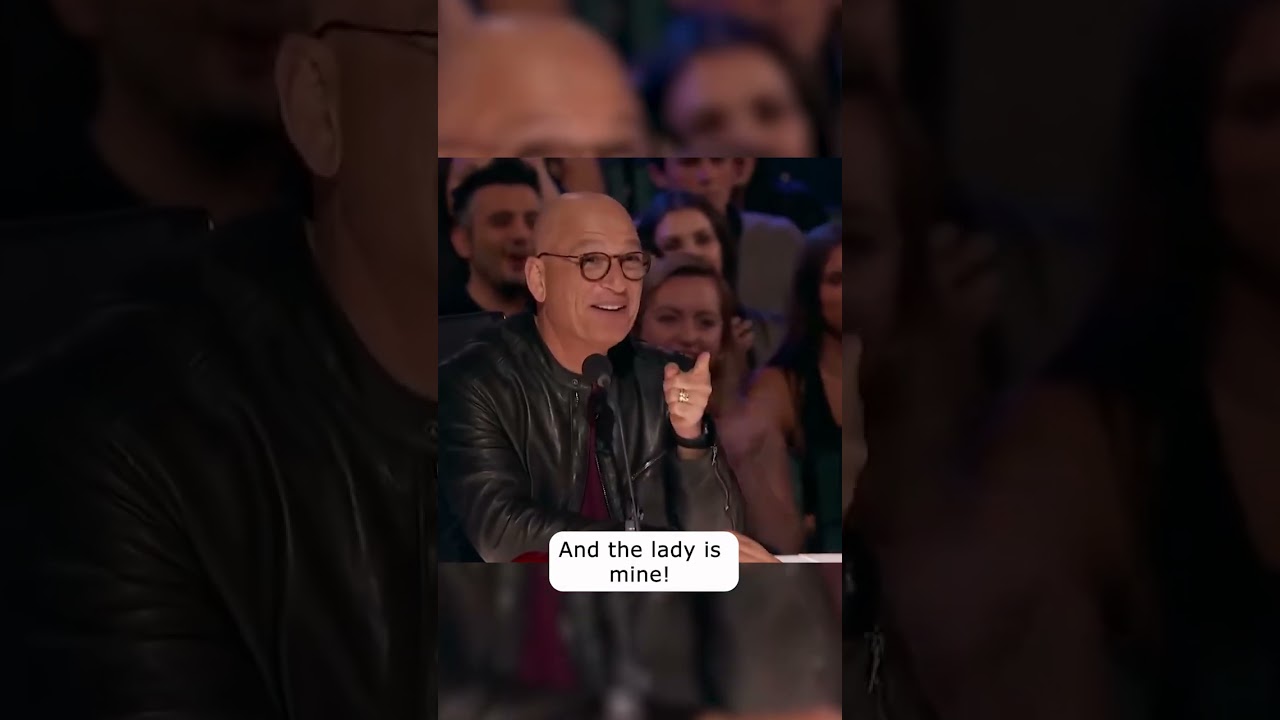
The Power of Connection: How Stories and Experiences Shape Our Lives
In today’s fast-paced world, we often overlook the power of personal stories and experiences. Yet, stories have always been at the heart of human connection. From ancient oral traditions to modern-day digital content, the way we share our stories is not just about entertainment – it’s about forging meaningful bonds and understanding our shared human experience.
The Power of Stories
Why do we connect so deeply with stories? It’s simple: stories help us make sense of the world. They allow us to see through someone else’s eyes, feel their triumphs, and understand their struggles. Whether it’s a movie, a book, or even a short Instagram post, storytelling taps into our emotions in a way that facts and data cannot. Through stories, we learn empathy, compassion, and a sense of belonging.
The Role of Social Media in Storytelling
In the age of social media, the way we tell our stories has changed dramatically. Platforms like Facebook, Instagram, YouTube, and TikTok have allowed us to share our lives instantly with the world. What’s even more powerful is the ability to create stories that not only reflect our personal experiences but also inspire others.
Social media is no longer just a place to share cute pictures or updates on what we’re eating. It’s a platform where people can come together around a shared story, an idea, or a cause. A single post can go viral and spread inspiration, laughter, or a sense of urgency to millions.
But what makes a good social media story? It’s not just the visuals or the captions – it’s the authenticity. Audiences are more drawn to content that feels real, raw, and relatable. People want to see the person behind the screen, the thoughts behind the words, and the experiences behind the smile.
Building a Community Through Shared Experiences
One of the most powerful aspects of storytelling on social media is the community it builds. When you share a personal story or experience, others who relate to it will feel like they are not alone. This creates a sense of solidarity and fosters deeper connections.
Take, for example, the #MeToo movement or the outpouring of support during natural disasters. These stories, shared by individuals from all walks of life, have the power to bring people together, raise awareness, and create real-world change.
It’s not just about one person’s story – it’s about how that story resonates with others and the collective energy that’s generated when people come together around a common cause. A simple post, video, or message can spark a ripple effect, motivating others to share their own stories, contribute their thoughts, or take action in ways they never thought possible.
The Science Behind Why We Love Stories
While it’s easy to believe that storytelling is an art, there’s also science behind it. Studies show that when we hear a story, our brains release dopamine – the “feel-good” hormone. This makes us more likely to engage with the story and remember it. Additionally, stories activate the parts of our brains that are responsible for emotions and empathy, which is why we feel so deeply connected to the people behind the stories.
Moreover, stories are easier to remember than facts. The brain processes stories in a way that creates mental imagery, making it easier to recall the emotions, scenes, and messages attached to them.
The Challenges of Storytelling in the Digital Age
While the digital era has opened up new opportunities for sharing stories, it has also presented challenges. The sheer volume of content being shared means it can be hard to stand out. People are constantly bombarded with ads, messages, and updates, and it can feel overwhelming to cut through the noise.
In addition, the rise of “perfect” content – the polished, edited, and curated posts – has made it difficult for many to share authentic stories. There’s pressure to present a picture-perfect life, which can lead to anxiety and a sense of inadequacy for both the creator and the audience.
But even with these challenges, the power of genuine, authentic storytelling cannot be overstated. It’s the raw, unfiltered moments that often resonate the most. When someone opens up and shares their truth – no matter how messy or imperfect – it creates a deeper connection with the audience.
What Makes a Good Story on Social Media?
So, how do you craft a story that engages your audience? Here are a few tips:
-
Be Authentic: People can tell when you’re being real, and they appreciate it. Don’t be afraid to show vulnerability or share the unfiltered version of your story.
-
Use Emotion: Whether it’s humor, sadness, triumph, or love – emotion is what connects us all. Share the feelings behind your story.
-
Keep It Simple: Social media moves fast, so keep your message clear and to the point. A story doesn’t have to be long to be impactful.
-
Incorporate Visuals: A powerful image or video can enhance your story and draw people in. Use visuals to support your message, not distract from it.
-
Engage Your Audience: Ask questions, encourage comments, and be responsive. The more you interact with your audience, the more connected they’ll feel.
Conclusion
In a world dominated by technology and constant connection, stories are more important than ever. They shape our world, help us understand each other, and create meaningful connections. Whether you’re sharing your personal journey or raising awareness for a cause, remember that your story has the power to impact others in ways you may never know.
So, what’s your story? We’d love to hear it. Share your thoughts in the comments below, and let’s continue the conversation about the power of stories and the impact they can have on our lives.
#Storytelling #Authenticity #SocialMediaImpact #PowerOfConnection #EngageWithUs
.

